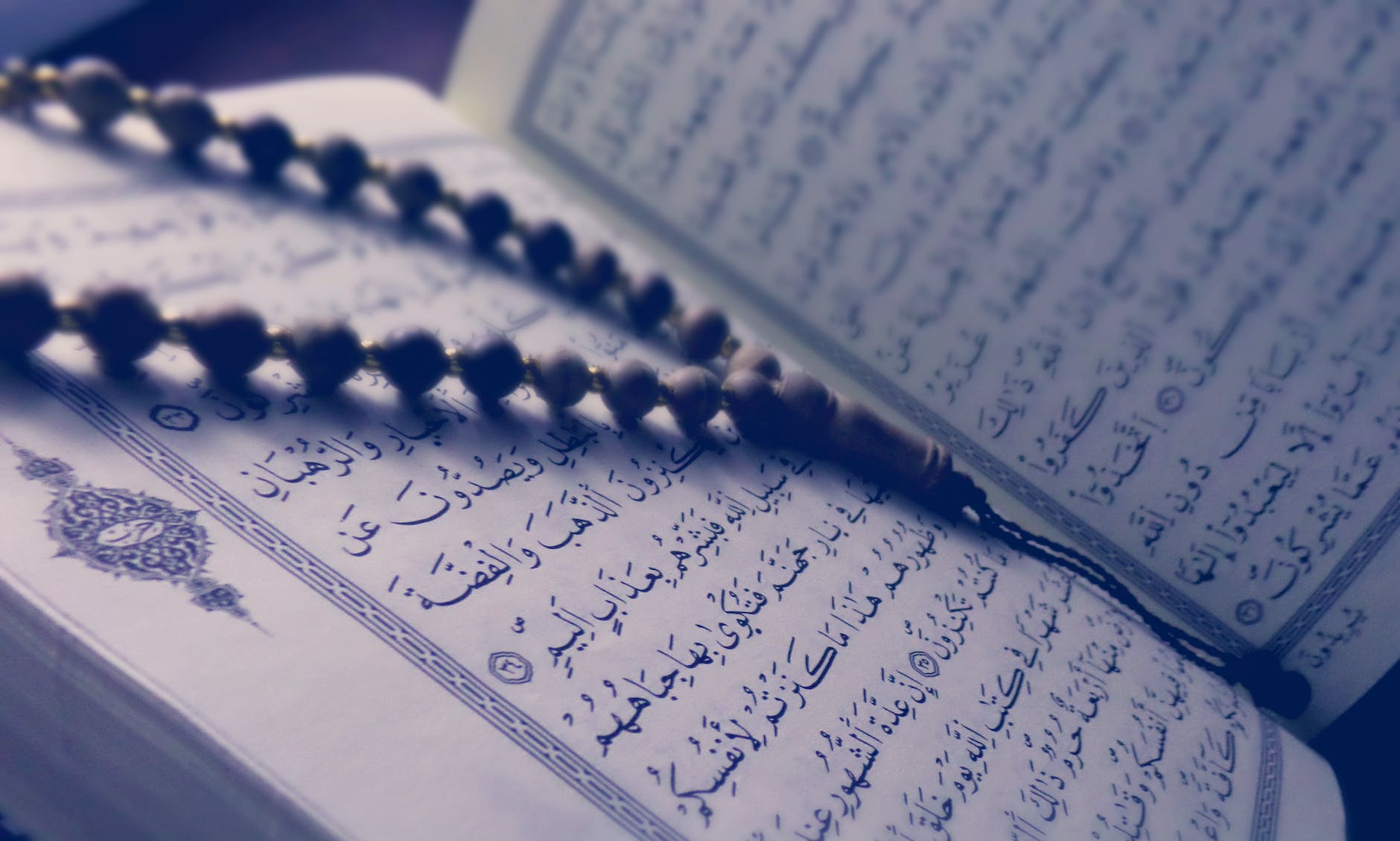The Journey of the Qur’an to its Current Form.
The complete Qur’an was recorded by several scribes in the lifetime of the Prophet Mohammed (peace be upon him), but it was not yet bound as a book. After the battle of Yamama, six months after the Prophet’s death, there was fear that the Qur’an might be lost due to the death of many Muslims who had memorized it. Abu Bakr, the first successor to the Prophet, then formed a committee to collect the written Quranic material and form it into a book. This committee was headed by Zaid bin Thabit, who was a memorizer of the Qur’an and the original scribe of the Prophet. The compilers of the committee used stringent criteria to ensure accuracy, including the requirement that the material was originally written in the presence of the Prophet and confirmed by two witnesses. The copy was approved by the entire Muslim world and if there had been any errors, the tens of hundreds of Qurra (memorizers of the Qur’an) would have corrected it. During the time of Caliph Uthman, differences in the dialectical recitation of the Qur’an among different tribes were causing disputes. Uthman made an official copy in the Quraishi dialect, the dialect in which the Qur’an was revealed to the Prophet, to facilitate understanding among all tribes. This copy by Uthman’s Committee is not a different version of the Qur’an, but the same original revelation.
According to the preferred opinion, six copies were made:
- Uthman bin ʿAffān
- Madinah – Zaid bin Thabit
- Makkah – ʿAbdullāh ibn as-Sā’ib
- Kufah – Abu ʿAbdurraḥmān as-Sulamy
- Basrah – ‘Āmir bin Qays
- Shām – al-Mughīrah bin Shihāb
There are historical accounts witnessing these scripts. Also, it is important to note this script was free from dots or diacritics. They were later introduced by Abul-Aswad ad-Duwali (d. ) and his two students Naṣr bin ʿĀsim and Yaḥyā bin Yaʿmar.
The preservation of the Qur’an is a remarkable achievement of religious and historical significance. The diligent efforts made by Caliph Abu Bakr, Zaid bin Thabit, and Caliph Uthman’s committee (may Allah be pleased with them all) demonstrate the importance placed on ensuring accuracy and unity in the Qur’anic text. The six official copies made during the time of Uthman serve as a testament to the commitment of Muslims to preserving the Qur’an as it was originally revealed. The introduction of dots and diacritics by later scholars further demonstrates the continuous effort to ensure the accuracy of the Qur’anic text. This legacy serves as a source of motivation for all of us to value and preserve our own cultural and religious heritage with the same diligence and devotion.


No responses yet